Interview Patrick Kasingsing
Editing Gabrielle de la Cruz
Images World Architecture Festival (WAF)


At least 45 to 50 percent of all entries make it to the World Architecture Festival shortlist every year. “The chances of being shortlisted are reasonably high,” opens WAF Program Director Paul Finch. “The reason for that is that we have a lot of categories, roughly around 43 categories. We can pick up to 16 or 17 as a shortlist for each category. That number relates to the number of presentations that we can see in a single day live at the festival.”
WAF’s committee of internationally-experienced, regular and guest architects, critics, and historians performs the selection process across two days. “Once all architects and designers have sent digital files of their award entries, we print all the files so that the physical condition and printing standard of all the award entries is exactly the same,” Finch shares. “The question the jurors usually ask themselves is: would we like the jury to see a live presentation about this entry? If the answer is clearly yes, it’s in. If it’s clearly no, it’s out. If it’s a maybe, we revisit them if we already have less than 16 or 17 selected entries per category.”
“Still, even if we’ve hit 16 or 17, we might still review the entries as we are usually tougher on the ones we see first,” Finch continues. “Each pair of jurors will use their own sort of judgment. However, if they have any queries about anything, they come to me and WAF curator Jeremy Melvin for quick answers. This is basically the process and it’s not a secret, but we don’t really go into this on the website, because it just sounds complicated.”
How then, does an entry guarantee a spot in the shortlist? What kind of submissions gains the selection committee’s nod? What does it take to win the WAF? We summarized Finch’s answers to these questions into five easy-to-remember tips.


Aim high! WAF is on the lookout for high-quality thinking and design
What WAF generally looks for in both the shortlisting and final stages is “a high quality of thinking and a high quality of design.” Finch shares that there’s a distinction between just an excellent piece of architecture versus an interesting example of any building type.
“There are projects that are worth a while to look at or even visit. There are also completely new ideas about various building types such as airport design, department stores, and even houses. These are all at really high levels,” the program director explains. “But there’s another thing, which I think is quite rare, wherein a winner makes you think ‘oh, that’s an interesting example of that building type’—a piece of architectural design that makes you think differently about architectural design. These I think would be the very best examples, and you can’t guarantee you will get one in a given year. But you might. I would say it’s the toughest criterion.”
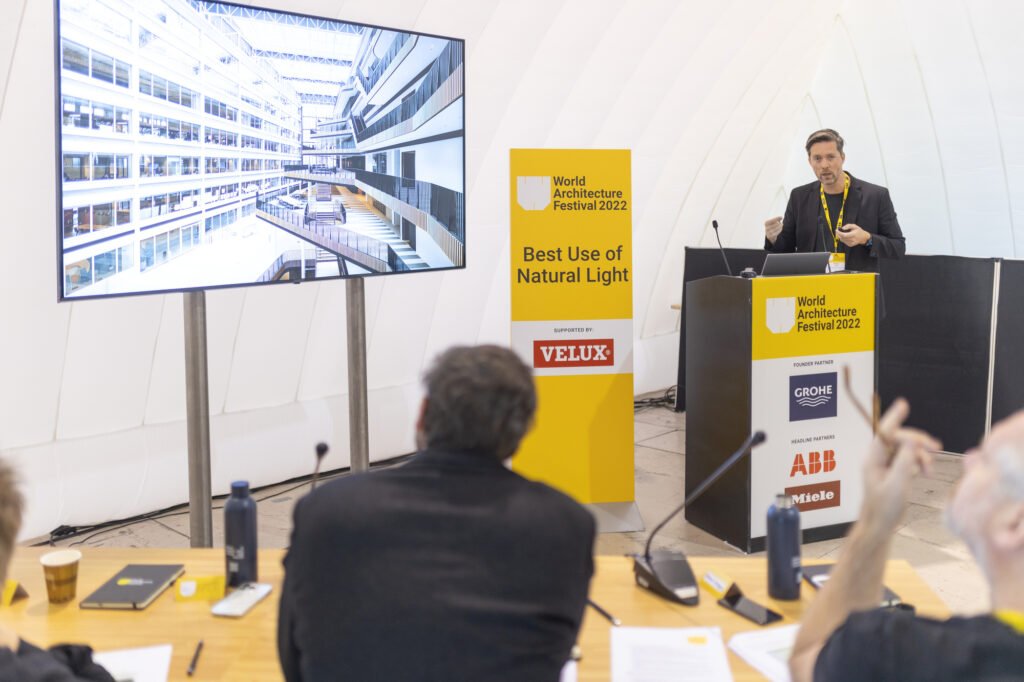
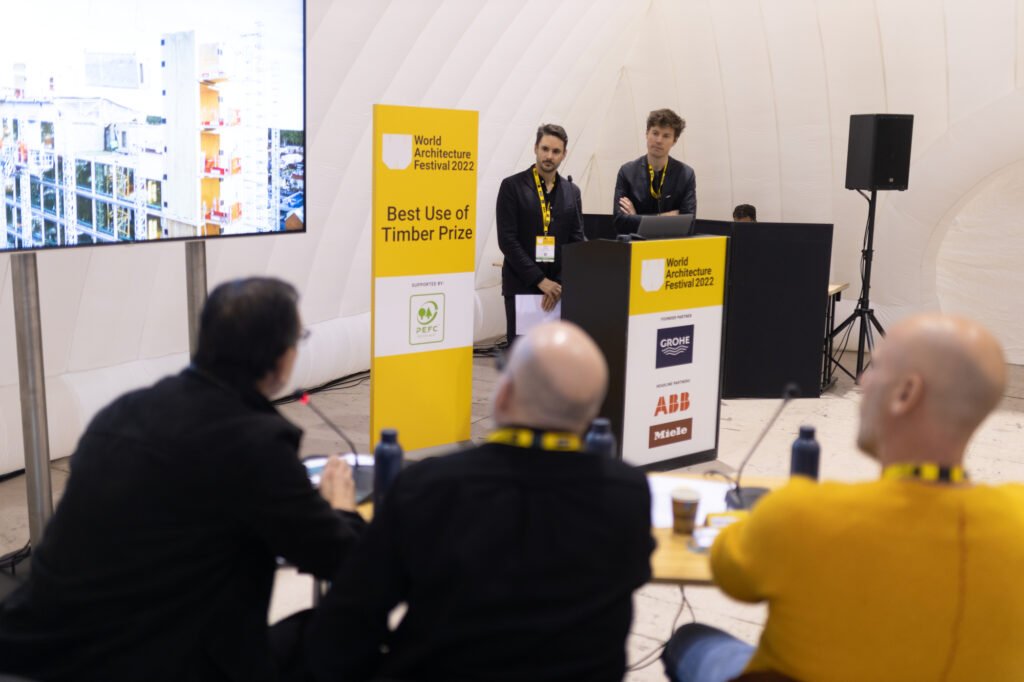
Keep in mind that while the shortlisting process can be tedious, WAF also includes special prize categories where your project may be qualified. “We go through the entries all over again to look at the special prizes. If Timber was a special prize, then we look at all the buildings that obviously used timber in a big way,” Finch tells Kanto. “The special prizes can change every year depending on sponsorship deals, but we look at anything that seems relevant. We then draw up a shortlist of around eight entries and they get locked out on the final day of judging for the special prizes. And sometimes a project could appear in several special prize categories, right? Not often, but it can happen.”
“Towards the end of the shortlisting process, we look at future projects. We also personally select entries for the WAFX awards, which we launched during our 10th-year celebration in 2018,” the program director continues. “We look for projects that best exemplify good design thinking about big global problems in an interesting way— things like health, climate justice and carbon power, and ethics and values. We have a series of 10 categories, but we can adjust that if somebody comes up with a great idea. This way, we not only pick winners for the WAFX program, but we then invite those winners to present on our second stage at the festival itself. That’s pretty much how the judging works.”
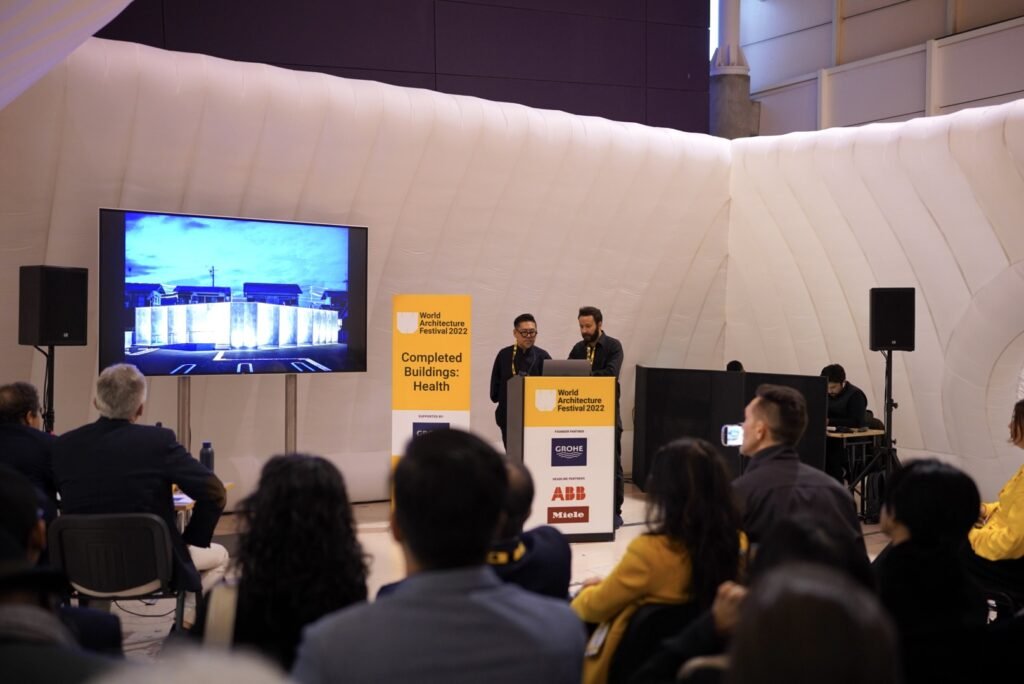

Step up your board game: Think carefully about the design of your entry board
“A piece of practical advice for people submitting entries: Think carefully about the design of your entry board,” Finch underscores. “I think there are many occasions when you think the quality of the entry board is not nearly as good as the quality of the product. And I feel that’s probably because it’s been done in a hurry in wanting to meet a deadline or it may have been done by people who were not actually part of the design process such as marketing people. Make sure that the boards do justice to the quality of the thinking.”
Finch shares that there is a pretty simple rule about creating WAF submission boards. “Don’t overcrowd your board,” he underlines. “A good project, to some extent, will speak for itself, right? A compelling image and the right amount of readable text will do. If it’s a tiny print with too much text, the chances are they won’t read it and just skim and try to pick out something else.”
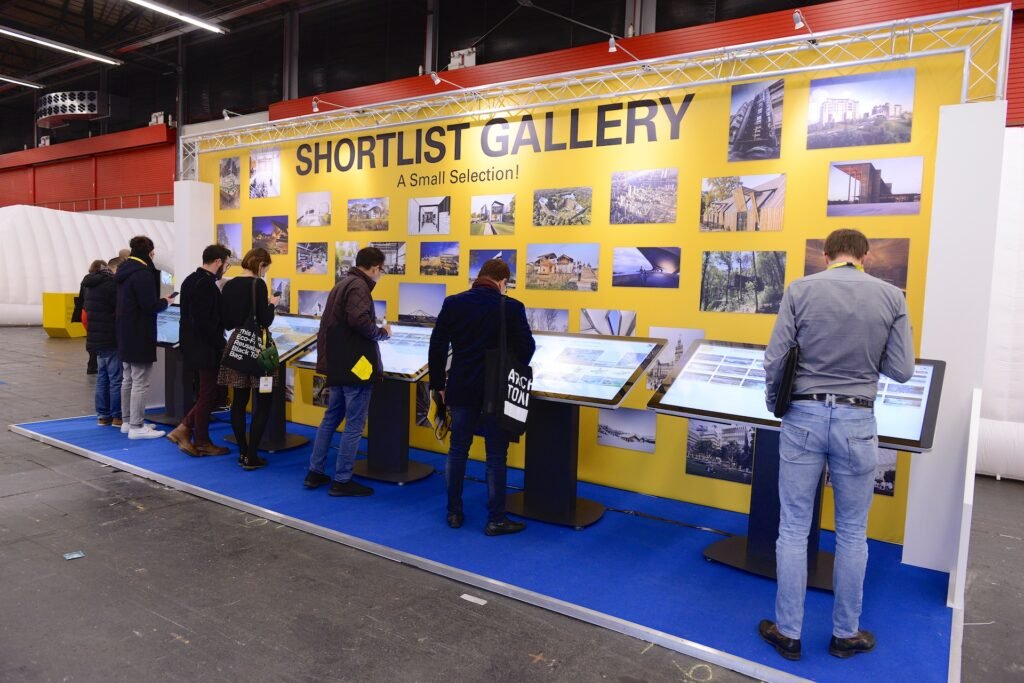



Draw interest: Only include drawings and diagrams vital to project understanding
“Another thing that I find important is the drawings that accompany the entry submission,” the program director adds. “The entries are supposed to be explaining the architecture and the best entries often have diagrams and relevant plans (not every plan of every floor, of course.)”
“Here’s a tip: give the judges a ground plane. You generally need to show what is going on. If this particular section of the building is important to the thinking behind it, then you have to show it. Present a diagram of how the building is supposed to work,” he continues. “What we want to see from the drawings are: What was the thinking of this architect or designer when they were approaching this? What factors informed the design thinking? What is the outcome?”
“If the judges think something is good, they will look at it carefully. Sometimes this gets tough because there may be missing information, drawings, or images. So, if you’re saying that the building has been designed with a specific purpose in mind, there better be a drawing to showcase that.”

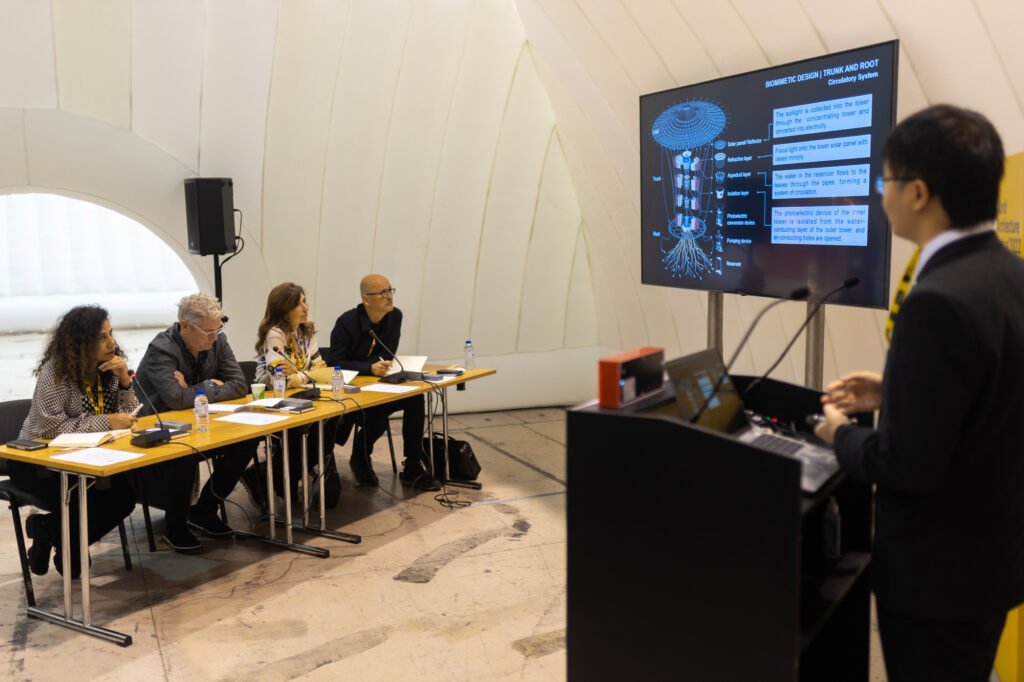

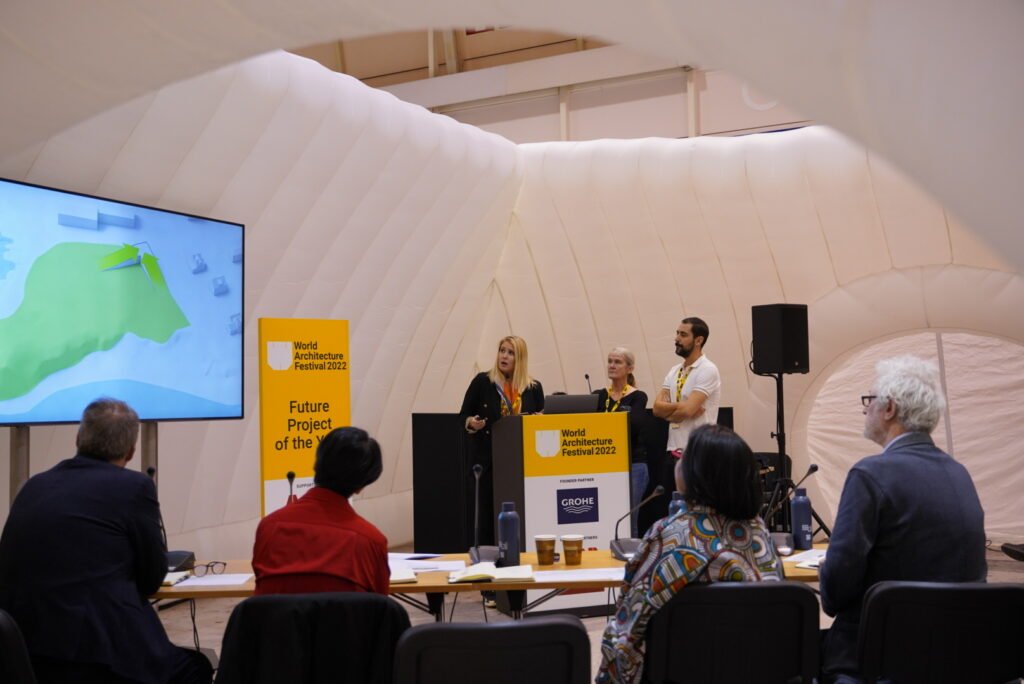
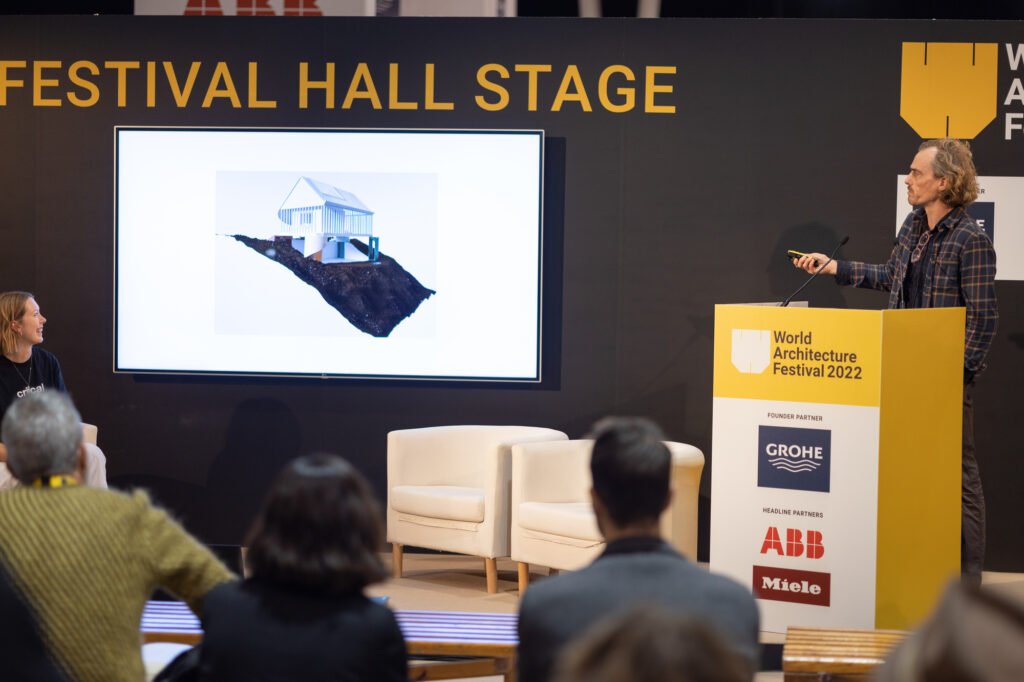
Pick the right pictures: Photos should visually explain how the project works
“This is not a photography competition, we’ve got a photography prize, it’s a completely separate thing… but for some projects, there may be more than one compelling image. If you’re doing that, then I think you need to put the same effort into the design of the board that you put into thinking about the project itself,” Finch recommends. “The board should partly explain the thinking and should partly explain the process by which this particular outcome or output was delivered. What is the project like? Or, in the case of future projects, what is it going to be like?”
The program director also shed some light with regard to the inclusion of photographs during the actual presentation crits. “Create a decent visual presentation. Make it a sensible sequence and don’t place too many images. If it’s a completed project, anything with people in and/or using it is always a bonus.”
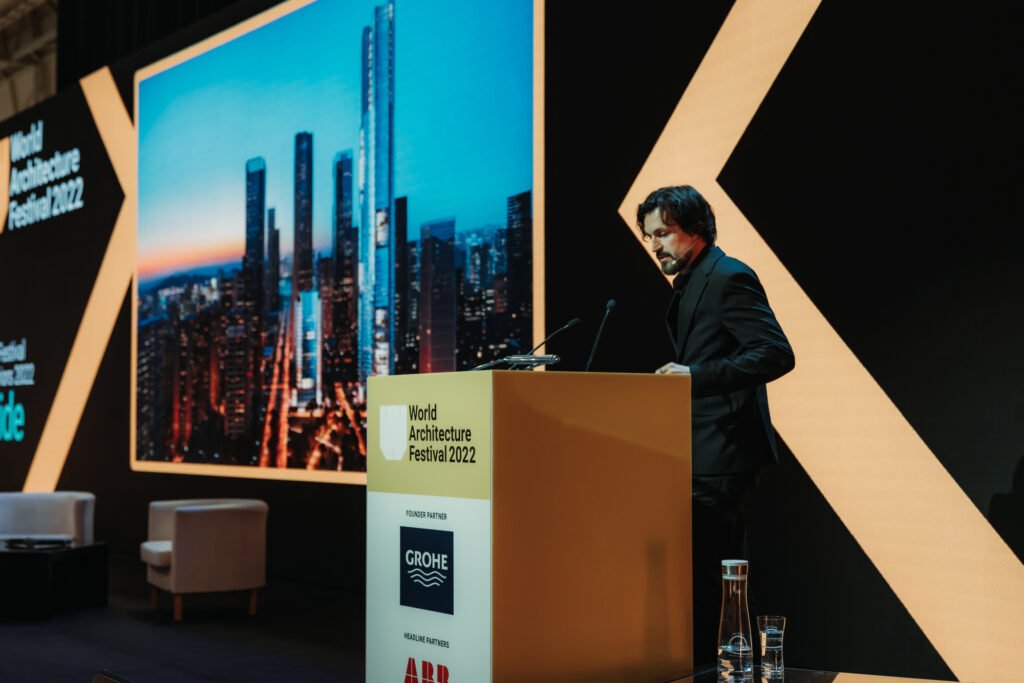
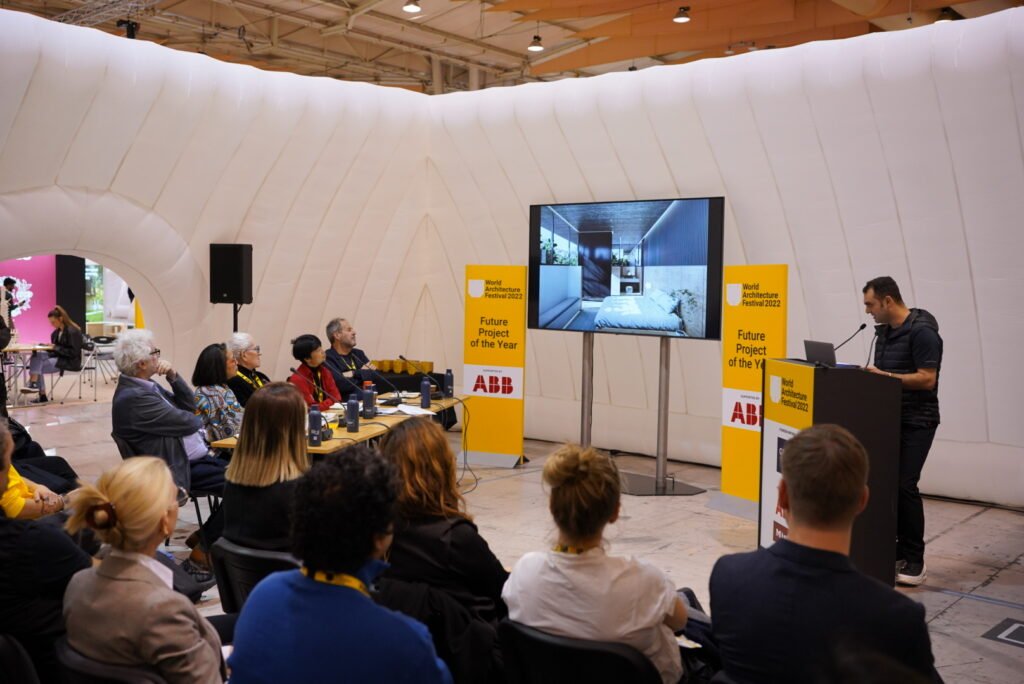
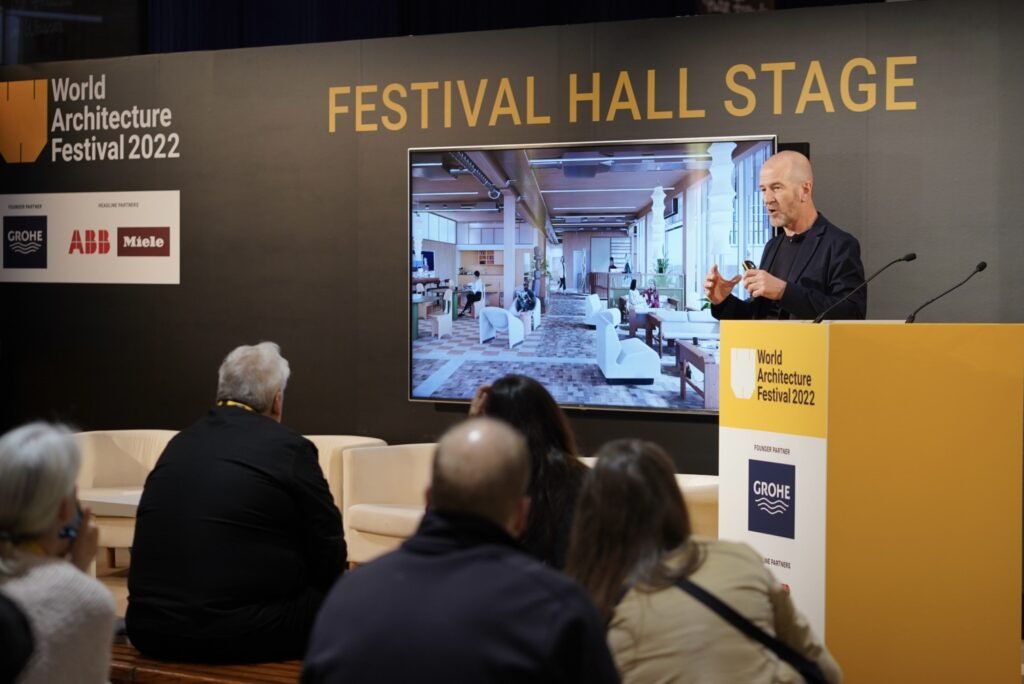
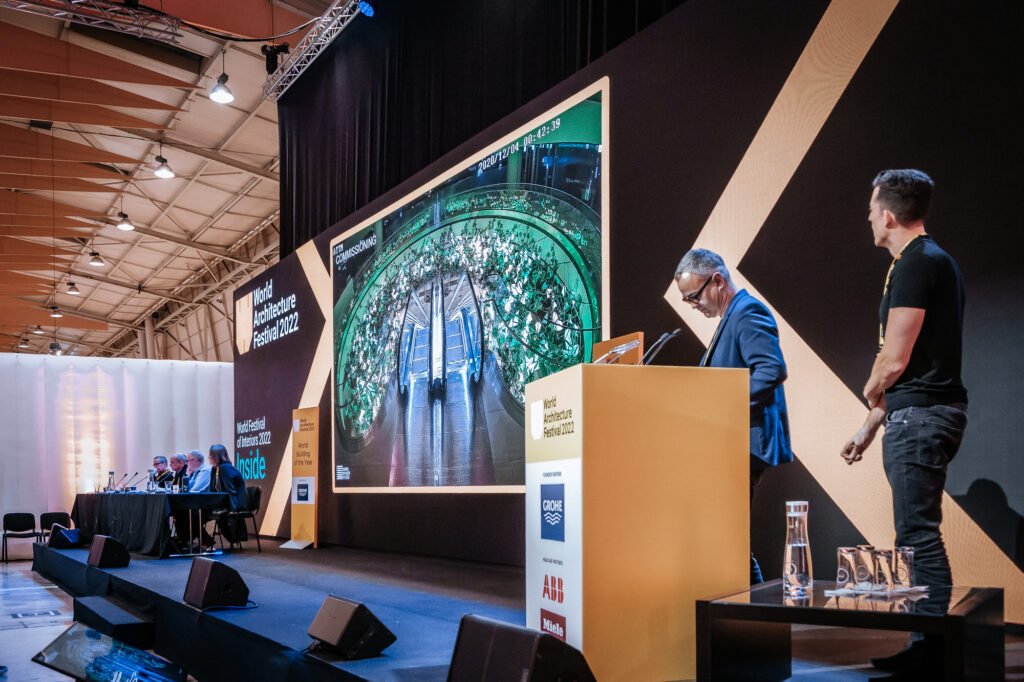
Follow the 4Ws + 1H +1W formula: Answer the who, what, where, when, how, and whys of the project
Continuing on the conversation on the actual crits, Finch emphasizes that a presentation must provide a satisfactory answer to the following questions:
- Who is the project for? Who came up with it?
- What is the project?
- Where is the project located?
- When was the project started?
“These four questions can honestly be answered within the first few seconds. The next part should address how you came up with the output,” he explains. “And most importantly, give us the answers to the Why. Why is it designed like this? Why did you choose that color? Why that material? Why is the circulation plan like that? Why is it that ground plane? I think the why thing is important, as you get the other basic things out of the way, but not by ignoring them. From then on, you can focus on what it is that you as architects and designers have done and why you chose to do it that way.”
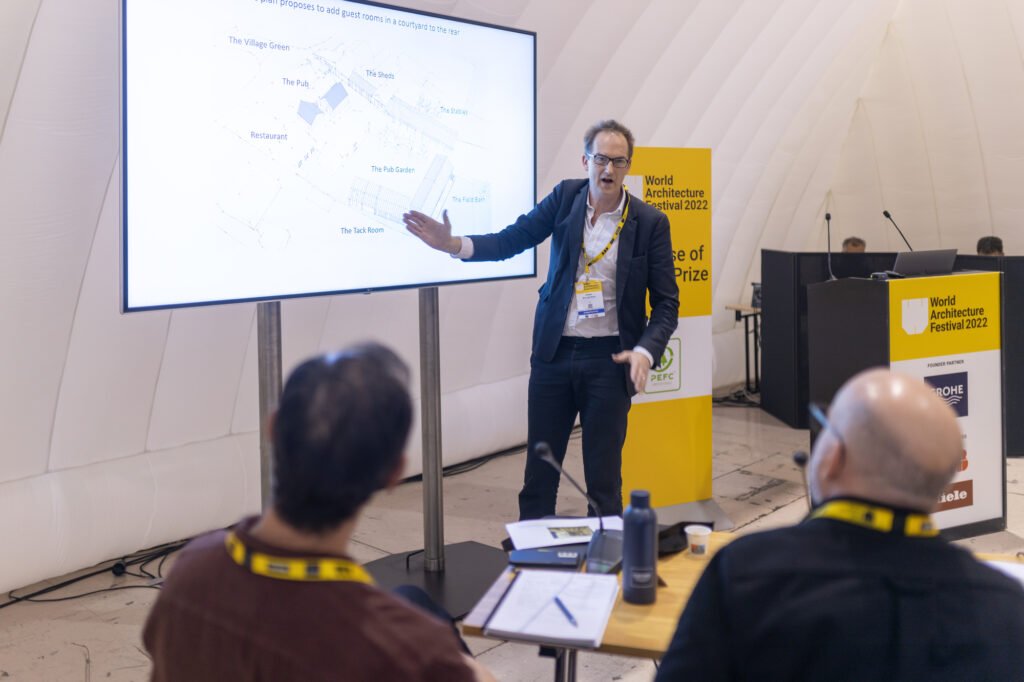

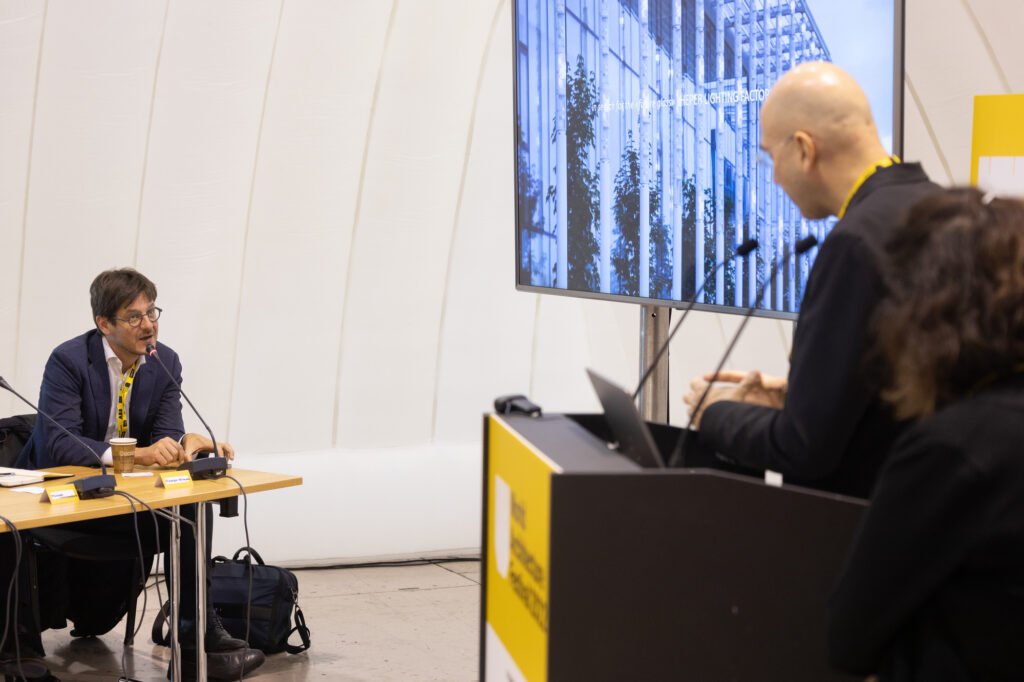
“It’s difficult as people have their own style. But I would say don’t try and cram too much in. What’s absolutely critical is that you don’t overrun on 10 minutes. Don’t add too much noise. It could potentially annoy or irritate the judges and the chances of you being able to explain something relevant might be reduced if you are overwhelmed,” Finch exclaims. “You don’t have to cover everything because you could always have the chance to explain other factors during the question and answer portion. Edit, edit, edit. You don’t have to squeeze everything into your presentation, just get the key stuff in and take it from there.”
#KantoWAF2023
Ready to share your work with the world? You can still polish your entries according to these pointers. The World Architecture Festival committee will accept entries until May 5, 2023.
Kanto is once again proud to take part in this celebration by becoming an official WAF media partner for a third time. And just like in the past two years, we are happy to share a 10% discount on award entry/delegate rates. Enter this code upon completion and before submitting your WAF entry to avail of the discount: KANTO2310.
The 2023 World Architecture Festival will take place from 29 November to 1 December at the Marina Bay Sands in Singapore, Singapore.
Download a copy of our e-program for Kanto’s hybrid seminar with the United Architects of the Philippines,
“Becoming Globally-Competitive Filipino Architects” below:


Kanto.com.ph thanks GROHE (under LIXIL Philippines) for making this trip and interview possible.


